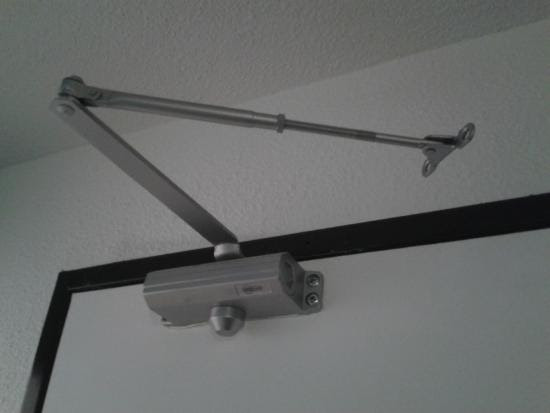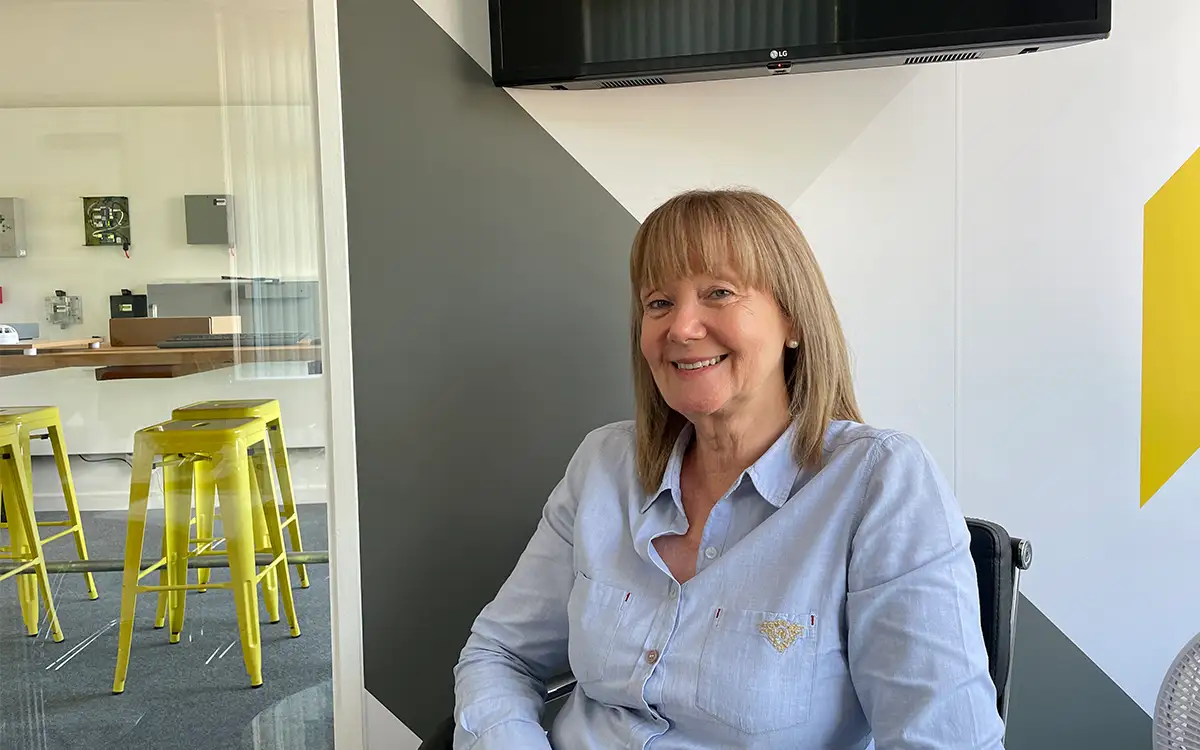Whoa, Heavy!
For those of us that know our RRFSO’s from our BS7273-4’s, there’s no question that fire doors save lives and that the weight associated with operating a fire door is a necessary evil, a symptom of those innocuous-looking closers that ensure doors can shut safely. But when we think about who uses those doors on a daily basis, are we expecting too much from industry outsiders? We know that effort is made to educate ‘non-fire safety’ people on the importance of fire doors, but it’s my belief that for most, this simply goes in one ear and out the other. Don’t get me wrong, I don’t think for a second this is a deliberate and malicious attempt to ignore sound, tried and tested guidance. I just think that for most people that use fire doors on a daily basis, fire protection is something that the fire and rescue services do, rather than something they should be mindful of when, say, opening the door to their flat.
Ahh, the humble flat entry door. Give a thought for this oft-overlooked bit of kit. You and I know that a lot of science goes into the design of flat entry doors to ensure maximum fire protection and that each installation is guided by years of experience and best practice guidance. You and I know how important it is that the door can close safely and that its integrity is not compromised in order to protect the lives of people and property. But does the resident know this? And, more importantly, do they really care?
Disengaged door closers are becoming a massive problem within social housing and general-purpose flats. For most residents, flat entry doors are nothing more than a barrier to their home, a hurdle to overcome . . . bullies. And what happens? Out comes the screwdriver and ratchet set and off comes the closer and hey-presto! Suddenly that barrier is beaten, the hurdle hurdled. Like magic, the door to their home is suddenly lighter and easier to use!

The Extent of the Problem
A recent conversation with a customer at a local authority in the South of England highlighted this issue to me. A recent survey of 6000 flat entry doors in general-purpose flats, found that 1700 doors had disengaged or removed closers. That’s over 28% of their doors being made non-compliant. Another customer, a Housing Association, told us recently that a staggering 40% of closers were missing from flat entry doors in general needs accommodation. And in a recent analysis of Grenfell survivors’ statements to the inquiry, it is suggested that as many as 56% of doors had missing self-closing devices.
Evidently, it’s time to start using free-swing devices on flat entry doors in general needs flats. It’s clear there’s a massive risk of doors being made non-compliant purely because of how heavy they are. But in order to do that, we need a way to actuate the device so that it can close in an emergency. How do we do that when there is no fire alarm?
In most general needs blocks, each flat is designed to be a 60-minute fire resisting compartment, using a stay-put policy. There will likely be zero to very minimal BS5839-1 fire detection or alarm system in ‘communal’ areas (as this would encourage people to evacuate rather than stay put and could hinder access for the Fire & Rescue Service) with BS5839-6 detectors in the flats themselves, where, let’s not forget, the highest risk of fire comes from.
In order to mitigate the risk of doors being made non-compliant, many of our customers have used Freedor SmartSound, ensuring that during installation the device is adjusted and tested so that it will react to the sound of the BS5839-6 detector. And we can even integrate Freedor Pro, actuated by a radio transmitter, with other detection equipment commonly found in blocks of flats such as sprinkler or AOV systems.
The issue of how to effectively deal with the problem of disengaged and tampered closers is a head-scratcher, for sure, and I by no means am suggesting that we’ve completely solved it. That’s why I want to hear from you. If you have any thoughts or comments on how we as an industry can deal with this problem, I’d love to hear from you. Feel free to send your thoughts to me at pete.davies@fireco.uk and let’s see if we can figure this one out, together.





0 Comments